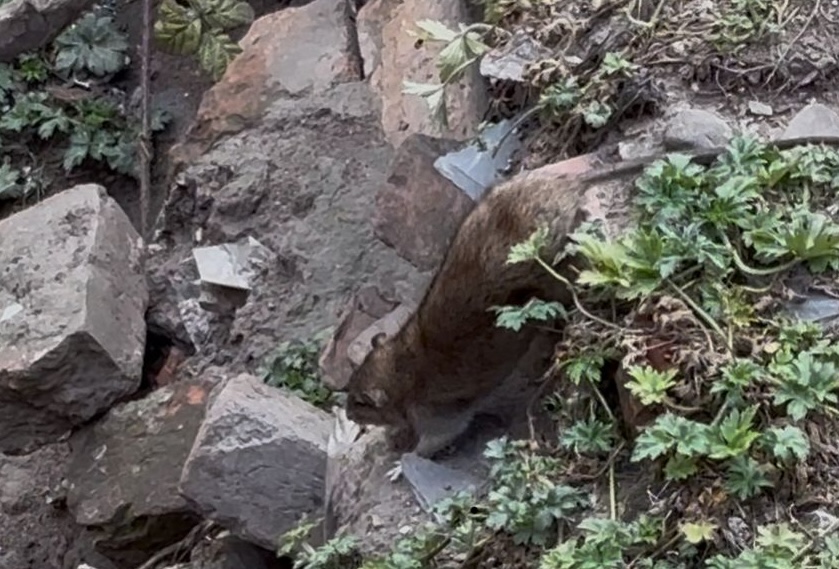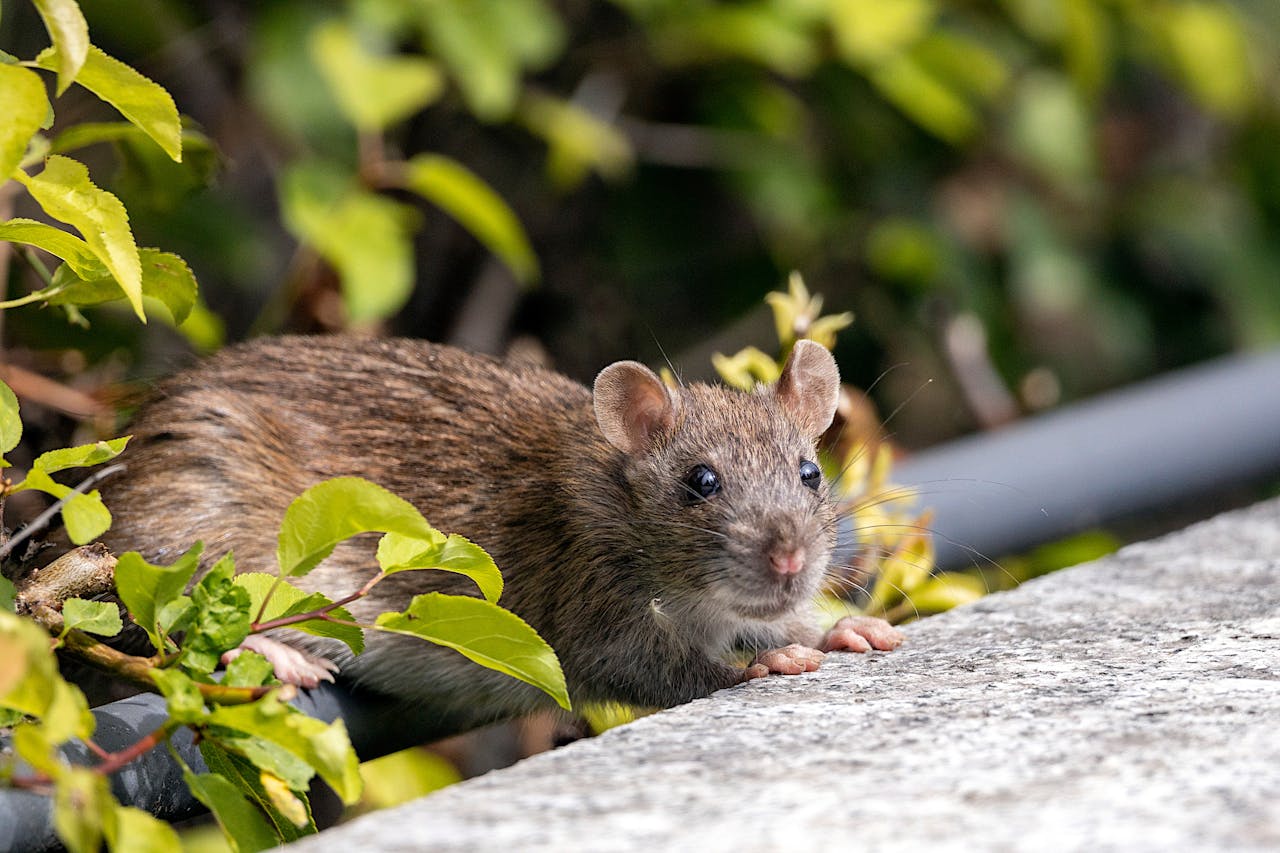In rented properties, the tenant doesn’t own the house, and is only responsible for keeping the property clean and returning it in the same state as they found it. But what does that mean if pests suddenly decide to move in?
Unwanted guests can be irritating and a danger to your health, as well as causing expensive damage to items owned by both you and your landlord. So, who is responsible for pest control in a rented home? Arrow Pest Management explains.
When Does A Sighting Become A Pest Infestation?
Depending on the pest, sometimes just one sighting doesn’t mean you’ve got a pest problem. While rats and mice inside your home are clearly an issue, many insect pests, including wasps, moths, and ants may just be passing through.
Every pest is different, but some common signs of vermin include:
- Droppings: Rodents will leave larger droppings, while some tiny insects, such as fleas or bed bugs, will deposit minuscule black specks. Look out for any potential droppings in your home.
- Scratching: If you hear scratching sounds, especially during the night, then this could be a sign of a rodent infestation or birds roosting on your roof.
- Strong Smells: Most pest infestations will cause some form of smell. It might be from urine, in which case it will smell like ammonia. Cockroaches and other insects can also leave behind an oily, musty stench.
- Chew Marks: If you notice chew marks on furniture, holes in food packaging or balding patches on carpets, all of these could be indicators that there is a pest infestation in your rental property.
- Wood Shavings: As a result of their chewing, many pests will leave behind small piles of wood shavings.
When Is The Landlord Responsible For Pest Control?
As the owner of the property, the landlord is responsible for keeping it in a habitable states. Pest control is the landlord’s responsibility when the infestation is caused by:
- Structural Damage: Issues such as missing roof tiles or holes in the walls can provide entry points for vermin, and these are the responsibility of the landlord.
- Existing Infestations: If the pests were already in residence when the new tenants moved in, then the landlord needs to deal with the infestation.
- Pest Ingress Caused By Poor Building Work: Many pests enter homes during or after building work is carried out, especially if entry points aren’t properly secured. If building work carried out by your landlord causes vermin, then they are responsible for the issue.
- Tenancy Agreement Statements: If the tenancy agreement states that the landlord is responsible for all maintenance and property care, then this usually includes pest control. This is often common in houses of multiple occupancy.
As soon as tenant reports a pest problem in their property, it is the landlord’s responsibility to investigate and to ensure that the property is returned to a clean and safe state as soon as possible.
When Is The Tenant Responsible For Pest Control?
In some cases, the tenant might be responsible for causing the pest infestation, in which case they are equally responsible for getting rid of it. Some instances in which a tenant might be responsible for pest control include:
- Accumulated Rubbish: If tenants haven’t removed rubbish properly or secured bins, then this could attract pests. Since keeping the property tidy is your responsibility as a tenant, the landlord may consider you responsible for enticing vermin into their property.
- Deliberate Damage: Any damage caused by the tenant, such as breaking windows or attempting DIY without the landlord’s knowledge, can result in a pest infestation. If you caused the damage, then the landlord could hold you responsible.
- Pets: In pet-friendly accommodation, flea infestations are usually the responsibility of the tenant if their pet was the source.
Generally, most landlords will treat the pest, then discuss the issue with the tenant. If the pest problem is found to be your fault, they may ask for repayment for the treatment, or take money from your deposit to cover the cost of repairs due to pest damage caused by your actions. However, they will need to have clear proof that the issue was your fault.
What Happens If No One Takes Responsibility For The Pest Infestation?
If a pest infestation is left to its own devices, then eventually the property will become so overwhelmed with vermin that it could become a health hazard and cause problems for neighbours and local residents.
At this point, the local council may send round an Environmental Health Officer to assess the situation. They will discuss this with the tenant and landlord, and determine who is responsible and encourage them to engage in pest control measures to manage the pest problem.
Some local councils offer pest control services, and they may carry these out and then provide the bill. Others may send a professional pest control company to eradicate the vermin and then have them invoice the relevant party.
Whatever happens, it is not advisable to let a pest infestation get out of hand. As a tenant, if you think the pest issue is your landlord’s responsibility, discuss it with them and come to an arrangement quickly so you can ensure your rented property remains fit for human habitation.
The Best Way To Get Rid Of Pests In A Rental Property
As a tenant, you are usually not responsible for pest control in your rental home, but that doesn’t mean you can’t advise your landlord or explore the options available.
If your property is in Rochdale, Bolton, Bury, Oldham, Huddersfield and the surrounding area, then you can recommend that your landlord books pest treatment from Arrow Pest Management.
Our team of experts offer effective pest control services for private landlords across the Greater Manchester area, and we can provide fast, effective removal of all vermin, rubbish and debris.
To minimise damage caused by vermin, you need to act fast, so contact us on 01706 375 803 or by emailing marc@arrowpestmanagement.co.uk today.













